SDG GOAL 13
CLIMATE ACTION
Take urgent action to combat climate change and its impacts
|
|
|
|
DIRECT NAVIGATION TO INDIVIDUAL WEBPAGE FOR EACH GOAL
|
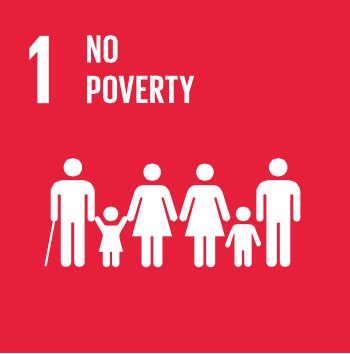
|

|
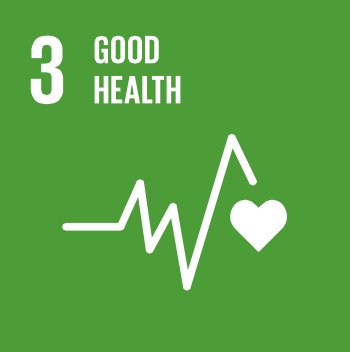
|

|
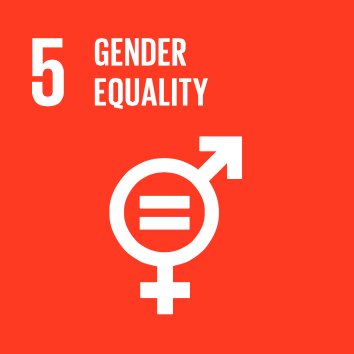
|
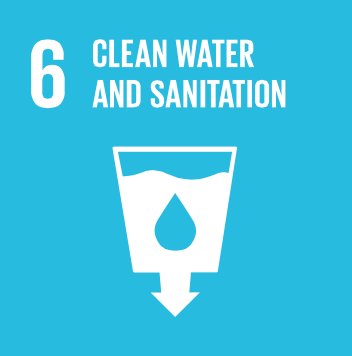
|
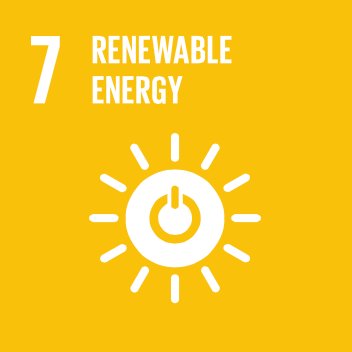
|
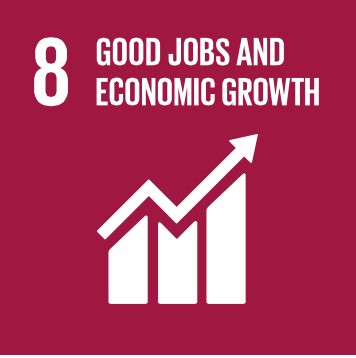
|
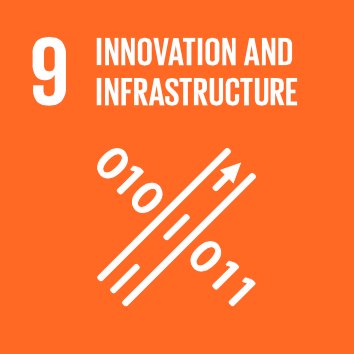
|
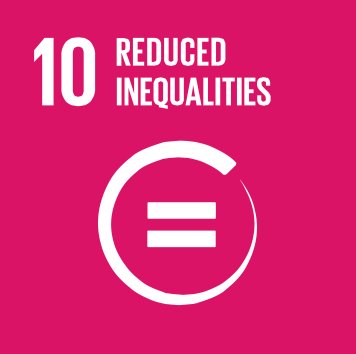
|
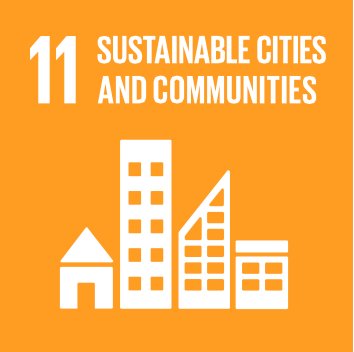
|
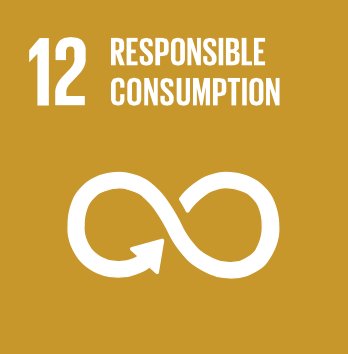
|
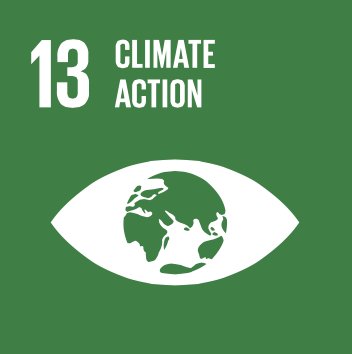
|
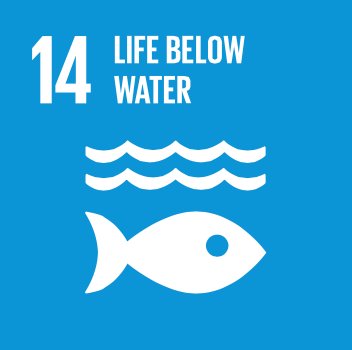
|
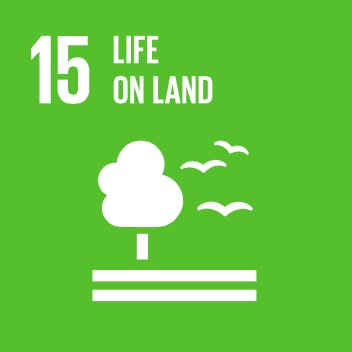
|

|

|
|
SDG GOAL 13 ... CLIMATE ACTION
Take urgent action to combat climate change and its impacts
|

|
GOAL 13 ... CLIMATE ACTION ... Take urgent action to combat climate change and its impacts
|
|
|
Goals and targets
|
Indicators
|
|
|
13.1
|
Strengthen resilience and adaptive capacity to climate-related hazards and natural disasters in all countries
|
13.1.1 Number of countries with national and local disaster risk reduction strategiesa
13.1.2 Number of deaths, missing persons and persons affected by disaster per 100,000 peoplea
|
|
|
13.2
|
Integrate climate change measures into national policies, strategies and planning
|
13.2.1 Number of countries that have communicated the establishment or operationalization of an integrated policy/strategy/plan which increases their ability to adapt to the adverse impacts of climate change, and foster climate resilience and low greenhouse gas emissions development in a manner that does not threaten food production (including a national adaptation plan, nationally determined contribution, national communication, biennial update report or other)
|
|
|
13.3
|
Improve education, awareness-raising and human and institutional capacity on climate change mitigation, adaptation, impact reduction and early warning
|
13.3.1 Number of countries that have integrated mitigation, adaptation, impact reduction and early warning into primary, secondary and tertiary curricula
13.3.2 Number of countries that have communicated the strengthening of institutional, systemic and individual capacity-building to implement adaptation, mitigation and technology transfer, and development actions
|
|
|
13.a
|
Implement the commitment undertaken by developed-country parties to the United Nations Framework Convention on Climate Change to a goal of mobilizing jointly $100 billion annually by 2020 from
all sources to address the needs of developing countries in the context of meaningful mitigation actions and transparency on implementation and fully operationalize the Green Climate Fund through its capitalization as soon as possible
|
13.a.1 Mobilized amount of United States dollars per year starting in 2020 accountable towards the $100 billion commitment
|
|
|
13.b
|
Promote mechanisms for raising capacity for effective climate change-related planning and management in least developed countries and small island developing States, including focusing on women,
youth and local and marginalized communities
|
13.b.1 Number of least developed countries and small island developing States that are receiving specialized support, and amount of support, including finance, technology and capacity-building, for mechanisms for raising capacities for effective climate change-related planning and management, including focusing on women, youth and local and marginalized communities
|
|
INDICATORS / WORKING NOTES
Goal 13 ... Proposed Indicators 82 to 86
Potential and Illustrative Core Indicators
|
|
Indicator 82:
|
Availability and implementation of a transparent and detailed deep decarbonization strategy, consistent with the 2°C - or below - global carbon budget, and with GHG emission targets for 2020, 2030 and 2050
Rationale and definition: Keeping global warming within 2°C or less requires that countries prepare national
deep decarbonization strategies to 2050, covering all sources of GHG emissions including from the energy,
industry, agriculture, forest, transport, building, and other sectors. These strategies should be transparent
and detail how countries intend to achieve deep emissions cuts (including for energy-related emissions),
how to reduce energy consumption, decarbonize the power sector, and electrify energy uses (in particular in
the transport and building sectors). They should include targets to reduce GHG emissions by 2020, 2030 and
2050. This indicator also proposes to measure the implementation of such a strategy.
Disaggregation: Opportunities for disaggregation to be reviewed.
Comments and limitations: To be reviewed.
Preliminary assessment of current data availability by Friends of the Chair: A
Potential lead agency or agencies: The proposed indicator tracks the existence such voluntary national
strategies, which would be submitted to the UNFCCC.
|
|
|
Indicator 83:
|
CO2 intensity of the power sector, and of new power generation capacity installed (gCO2 per kWh)
Rationale and definition: The generation of electricity from the power sector is responsible for a large share
of total GHG emissions. Ultimately, to achieve the levels of emissions reductions necessary to limit the global
temperature increase to 2°C or below, the power sector needs to be near zero-carbon. Tracking the
evolution of the CO2 intensity of the power sector is therefore important to assess its contribution to the
overall GHG emissions reductions. Understanding what drives the evolutions of the CO2 intensity of the
power sector is also important to define the appropriate policies to reduce the CO2 emissions of this sector.
In addition to the CO2 intensity of the total stock, it is therefore important to measure the CO2 intensity of
the flow of new capacities installed, with technology, and taking into account their contribution to base load
and peak power generation.
This indicator is defined as the amount (measured in grams) of CO2 emissions per unit of electricity
(measured in kilo Watt hour) generated from the power sector as a whole (total capacities); and from new
capacities installed (between two dates of measurement of the indicator).
Disaggregation: Opportunities for disaggregation to be reviewed.
Comments and limitations: To be reviewed.
Preliminary assessment of current data availability by Friends of the Chair: A
Potential lead agency or agencies: The UNFCCC and the IEA.
Revised working draft (July 25, 2014)
89
|
|
|
Indicator 84:
|
CO2 intensity of the transport sector (gCO2/vkm), and of new cars (gCO2/pkm)and trucks (tCO2tkm)
Rationale and definition: The fuel consumption and the fuel carbon content of the transport sector are
responsible for a large share of total GHG emissions. The increase in transport activity is one of the main
reasons for the increase in transport-related CO2 emissions globally, but absolute levels of transport-related
CO2 emissions are linked to a country’s size, population, and level of economic activity. Measuring transportrelated
emissions per vehicle kilometer travelled allows for more relevant historic and cross-country
comparisons, by giving an understanding of how well countries are carrying out the transport task, based on
a physical performance parameter.
Understanding what drives the evolution of the CO2 intensity of the transport sector is also important to
define appropriate policies to reduce the CO2 emissions of that sector. GHG emissions from international air
and maritime transport are not easily attributable to a particular country. But, in addition to the aggregate
CO2 intensity of the transport, it is important to measure the CO2 intensity of new cars for passenger
transport and new trucks for freight transport.
The proposed indicator is defined as: the amount (measured in grams) of CO2 emissions per vehicle,
kilometer travelled in aggregate; and per passenger kilometer travelled (pkm) for new cars, and per ton
kilometer travelled (tkm) for new trucks (between two dates of measurement of the indicator).
Disaggregation: Opportunities for disaggregation to be reviewed.
Comments and limitations: Transport activity is typically described by measuring vehicle kilometers (vkm)
although such a measure does not allow for ready comparisons across modes or take into account varying
load factors. It is also necessary to measure passenger kilometers (pkm) or ton kilometers (tkm) although
these metrics require more detailed data collection.
Preliminary assessment of current data availability by Friends of the Chair: B
Potential lead agency or agencies: The UNFCCC and the IEA can collect data for this indicator.158
|
|
|
Indicator 85:
|
Net GHG emissions in the Agriculture, Forest and other Land Use (AFOLU) sector (tCO2e)
Rationale and definition: This indicator is defined as total net greenhouse gas (GHG) emissions - tons of CO2
equivalent (tCO2e)- in the Agriculture, Forest and Other Land Use (AFOLU) sector, broken down by gas
(including CO2, N2O and CH4) and by land used category (including forest lands, croplands, grasslands,
wetlands, settlements and other lands), according to the Intergovernmental Panel on Climate Change (IPCC)
2006 guidelines for the national GHG inventory,159and the Good Practice Guidance for Land Use, Land Use
Change and Forestry (GPG-LULUCF).160
Inventory methods need to be practical and operational. For the AFOLU Sector, anthropogenic GHG and
removals by sinks are defined as all those occurring on “managed land”. Managed land is land where human
interventions and practices have been applied to perform production, ecological or social functions.
Emissions/removals of greenhouse gases do not need to be reported for unmanaged land. However, it is
good practice for countries to quantify and track over time the area of unmanaged land so that consistency
in area accounting is maintained as land-use change occurs.
158 OECD, (2008), Greenhouse Gas Reduction Strategies in the Transport Sector: Preliminary Report. 159 Eggleston H.S., Buendia L., Miwa K., Ngara T. and Tanabe K., (eds.), 2006. 160 See Good Practice Guidance for Land Use, Land-Use Change and Forestry: www.ipccnggip.iges.or.jp/public/gpglulucf/gpglulucf_contents.html
Revised working draft (July 25, 2014)
90
Disaggregation: By gas and land use category. In addition, they could also be expressed on a per ton of
production basis because data on per unit land may lead to misleading conclusions.
Comments and limitations: As explained in the introduction of the IPCC 2006 guidelines for the national
greenhouse gases inventory chapter 4 on AFOLU,161 the AFOLU sector has some unique characteristics with
respect to developing inventory methods. The factors governing emissions and removals can be both natural
and anthropogenic (direct and indirect) and it can be difficult to clearly distinguish between causal factors.
In addition, this indicator complements #51 Crop nitrogen use efficiency (%).
Preliminary assessment of current data availability by Friends of the Chair: A
Potential lead agency or agencies: The United Nations Framework Convention on Climate Change (UNFCCC)
collects data on countries’ national GHG inventories, including for the AFOLU sector, on a regular basis.
|
|
|
Indicator 86:
|
Official climate financing from developed countries that is incremental to ODA (in US$)
Rationale and definition: Developed countries have pledged under the Conference of Parties of the UNFCCC
to provide some $100 billion per year in climate finance by 2020. This indicator will track official (i.e. public)
climate finance provided by each developed country as a contribution towards the overall target of at least
$100 billion per year.
Disaggregation: By destination, expenditure for mitigation vs. adaptation, public vs. private resources.
Comments and limitations: This finance commitment under the COP does not define official climate
financing in a way that would allow for the creation of an unambiguous global indicator. Several bodies,
including the OECD, are proposing standards and definitions. Additional work is required to arrive at
internationally accepted coherent standards for reporting on official climate financing.
Preliminary assessment of current data availability by Friends of the Chair: To be determined.
Potential lead agency or agencies: OECD DAC, UNFCCC.
Additional indicators that countries may consider:
• [Climate Change Action (CCA) Index]— Indicator to be developed. Composite indicator that
measures preparedness for climate change, including existence of a CCA plan, dedicated CCA
authority, whether CCA is integrated into other city department plans, and availability of funding
dedicated at the city level to mitigation and adaptation.
• GHG emissions intensity of areas under forest management (GtCO2e/ha). This indicator measures
the carbon benefits of improved forest management, through the implementation of reducedimpact
logging techniques, which is important since carbon losses due to degradation could be of
the same magnitude as those from deforestation.
161 See: http://www.ipcc-nggip.iges.or.jp/public/2006gl/pdf/4_Volume4/V4_01_Ch1_Introduction.pdf
Revised working draft (July 25, 2014)
|
|
|
|
|

